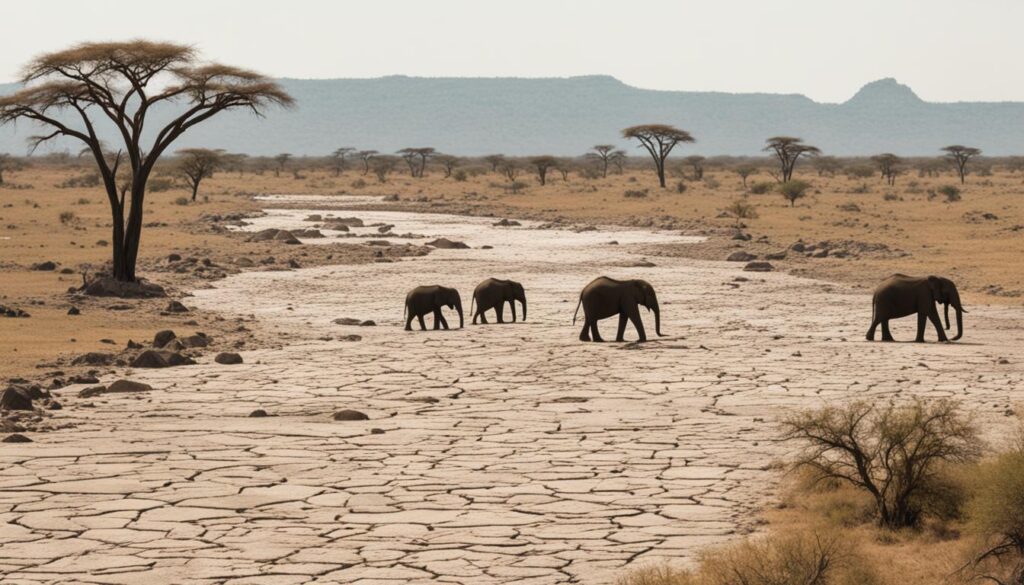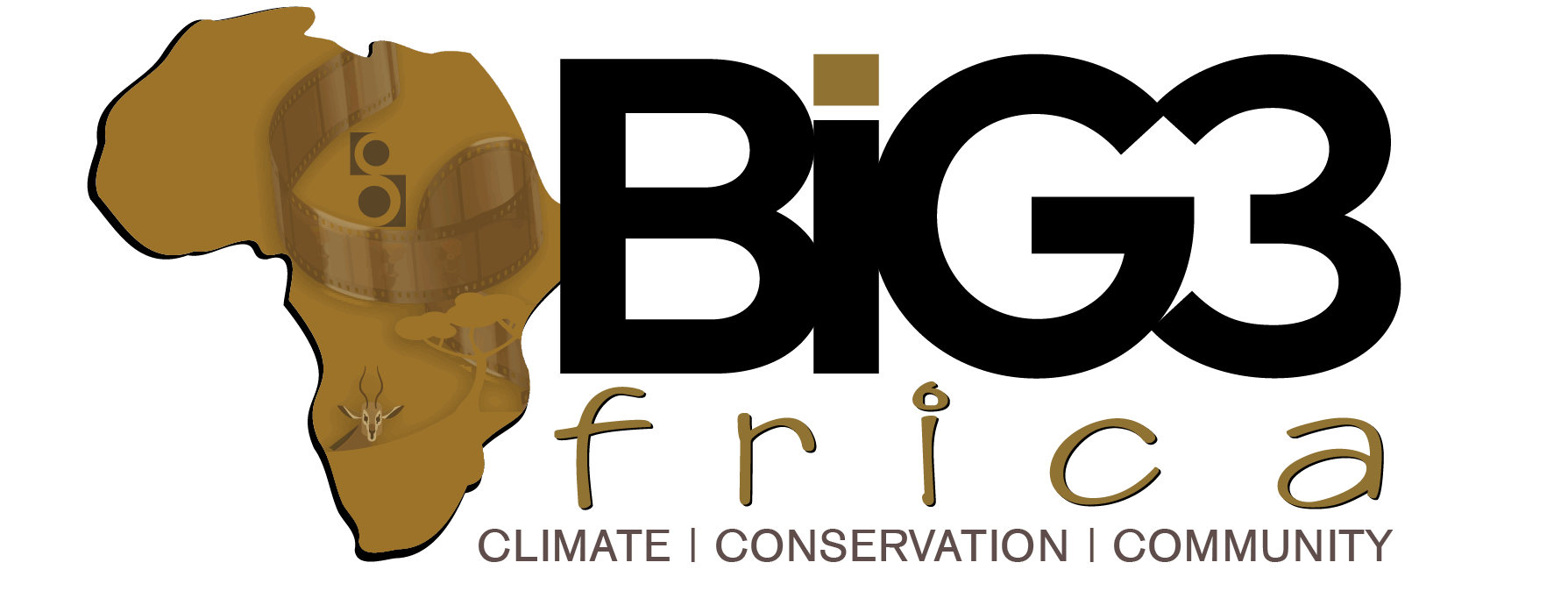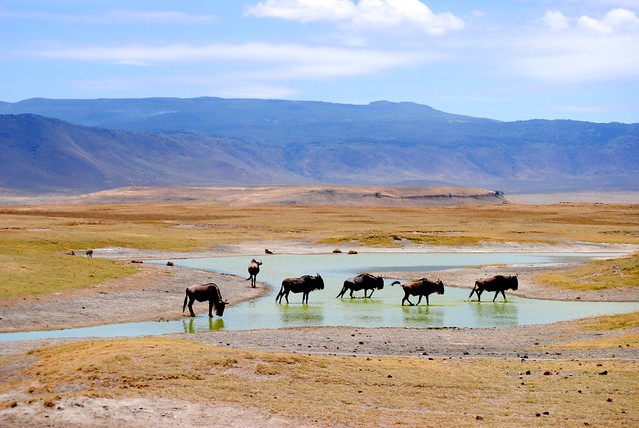By Peter Ngare
Researchers have warned that climate change threatens the future of the Mara-Serengeti ecosystem, which includes Kenya’s Maasai Mara and Tanzania’s Serengeti National Park.
A team of researchers from the universities of Hohenheim and Groningen, Free University of Berlin, the IUCN, the Indian Institute of Management in Udaipur and the Kenya Meteorological Department, which has been studying weather patterns in the Mara-Serengeti ecosystem has found that the region has been experiencing major weather changes.
Over the past six decades, the research reports, rainfall has been above average and there have also been recurrent severe droughts, erratic extremely wet conditions and a temperature rise of 4.8°C to 5.8°C.

“These events are having a significant impact on wildlife populations and biodiversity in the area. Vegetation and water are gradually drying. Competition between wildlife, livestock and people for resources is increasing. Wildlife numbers are falling and there are changes in patterns of migration and breeding,” says Joseph Ogutu, a Senior Researcher and Statistician at University of Hohenheim in an article published in “The Conversation”.
“We have found that the Mara-Serengeti is rapidly warming. The average monthly minimum temperatures between 1960 and 2024 increased significantly – an overall rise of 5.3°C. The minimum temperature increased from 7.9°C in May 1960, reaching 13.2°C in 2024… Rainfall in both the Maasai Mara and Serengeti increased over time. Severe droughts are becoming more frequent and intense. And though extreme floods are relatively rare, they’re also increasing in frequency and intensity over time,” adds Ogutu.
The researchers have connected the weather changes in the Mara-Serengeti ecosystem to climate change with the droughts, floods and temperature rise affecting wildlife populations and biodiversity in the ecosystem.
The research says the impacts from the ecosystem’s changing weather patterns include decline in animal population due to drought and extreme rainfalls, increased human-wildlife conflict and outbreak of diseases such anthrax, rinderpest and pathogens such as parasitic lungworm.

The research also concluded that animals are increasingly migrating over longer distances in search of food and water, leading to early departures, delayed arrivals, or movement into dangerous areas, such as near poachers.
“Extended droughts suppress reproduction, reducing birth rates, milk availability, and successful mating. This leads to unseasonal calving, reproductive pauses or failures and high mortality among young animals. Droughts delay the onset of births and timing of birth peaks. Droughts decrease the number of females that breed and reduce the likelihood of synchronised breeding among females,” the research concludes.



